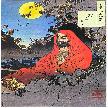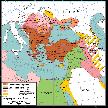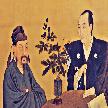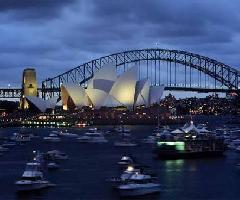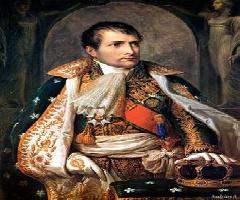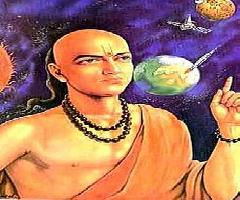
The Infamous Bataan Death March in the Philippines during World War II

- Category :Revolutions
On January 02, 1942, the Japanese Imperial Army had invaded and captured the whole of Manila. The Filipino and American forces retreated to the province of Bataan. This is an area of Luzon region to which the Americans had fortified in order to guard closely the entrance of the Manila Bay.
In Bataan, a bloody battle was erupted between the forces of the Filipino and American defenders against the Japanese Imperial Army. The defenders fought bravely in order to stop the advancing enemy to reach the northern provinces such as Pampanga, Tarlac, Pangasinan and the rest of the Ilocos region. The battle started from January 1 to 5, 1942; in Dinalupian, Bataan, the battle erupted on January 06 and in the areas of Orion – Bagac, and Mt Samat. The Filipino defenders was headed by General Vicente Lim and Brig. General Mateo Capinpin. Unfortunately, they were defeated by the more powerful Japanese Army.
The Fall of Bataan
On February 20, 1942, President Manuel L. Quezon left his Commonwealth Government and his family, from Corregidor and went to Washington, USA.
General Jonathan M. Wainwright was appointed as the Commander in Chief of the Filipino and American forces. Gen. Wainwright was mandated to never surrender his forces to the Japanese army. But, when Wainwright observes that there were already too many casualties amongst his men, he was forced to surrender on April 9, 1942.
According to Wainwright, it will be better to surrender than to lost all of his men’s lives in the battle. He directed General Edward P. King to see Col. Nakayama of the Japanese Army to inform him of their surrender. General King surrendered the Filipino and American forces to the Japanese Imperial Army. With this action, Bataan falls into the hands of the enemies.
The Filipinos and Americans who surrendered suffered brutally in the hands of their captors. The Japanese Imperial Army had violated all the rules stipulated in the Geneva Convention which gives a humane treatment of all the prisoners of war, including the wounded, and those that are sick. There were many Filipinos and Americans who were beheaded and was stab with a bayonet. It was not known of how many had died through massacres and those who are buried alive.
The Bataan Death March
The gruesome and infamous Bataan Death March between the Filipinos and American prisoners of war started on April 9, 1942. The Japanese Imperial Army transferred all those who surrendered in Mariveles, Bataan to Camp O’Donnel in Capas, Tarlac. It was estimated that there were more 79,000 prisoners (at least 67,000 Filipinos, 11,800 Americans, including about 1,000 Chinese-Filipino soldiers) who marched from Bataan to Tarlac.
The prisoners marched without any stop and with no foods to eat or water to drink for three days. The water they could have were those found in the from filthy and muddy water buffalo flounder on the side of the road. These prisoners were promised to return to their families but was never been done by their captors. It was estimated that there were more than 5,000 prisoners who died in the Death March. Many of them died from starvation, killed, massacred, buried alive, exhaustion, and those who died out of heat-stroke considering that this was done during the sizzling heat of the Philippine summer month. The prisoners march for at least 55 miles from Mariveles, Bataan to San Fernando, Pampanga. From there, they were loaded in a train cars in a crammed condition to which many more died from suffocation. When they unload at Capas, they again marched forward for another 8 miles to reach Camp O’Donnel.
Today, there were more than a dozen of memorials that were dedicated to all of the Filipino and American prisoners of war who made the tragic Bataan Death March. We also commemorate it to honor them by declaring April 9 of each year as a National Legal Holiday knows as “Araw ng Kagitingan” (Day of Valor) in the whole country.
Author’s note: Another compiling story and history of my motherland and its citizens.
Related Articles
Visit The Gateway To Australia- Sydney
Far as the Pacific coast goes is the big country of Australia lying with so much beaches and ocean which makes glaring for tourists to visit. It also goes with magnificent cities to visit for.
Napoleon Bonaparte- The Great War Hero
Napoleon Bonaparte is one of the greatest generals of war the world has ever seen. Read his biography here..
Ancient Indian Scientists Who Contributed To The World
India has made significant contributions to science from ancient times. Read about some ancient scientists from India..


